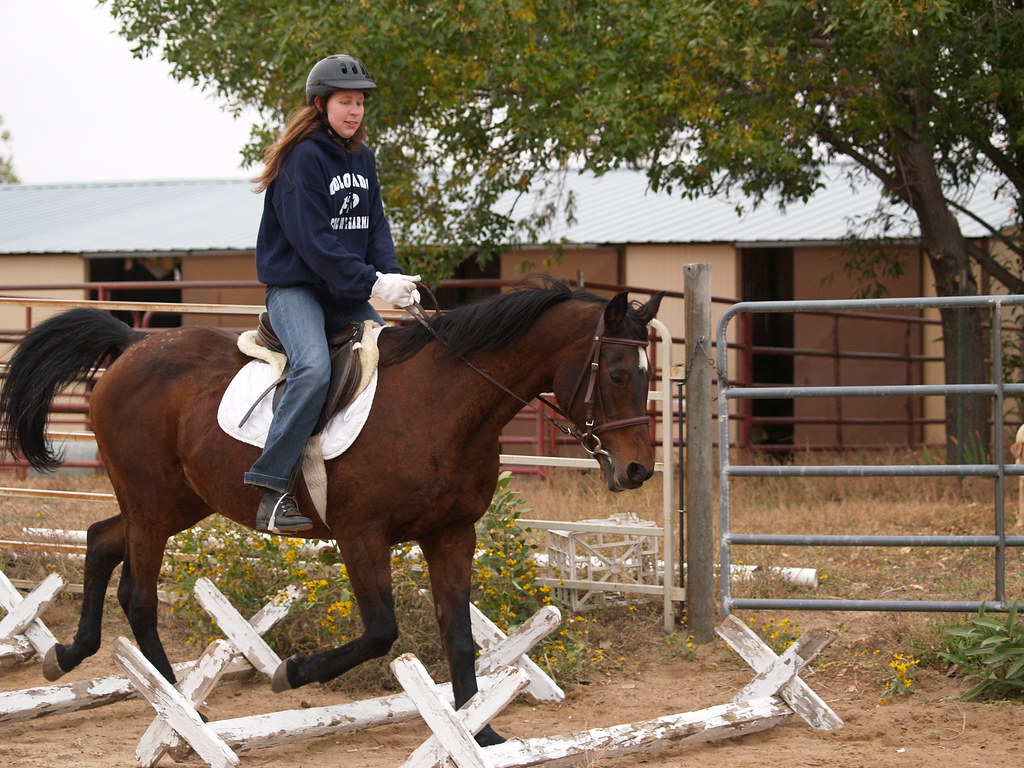Cavaletti exercises, originally developed in Italian military training programs, have become essential tools for equestrians across disciplines. These raised poles or low jumps, strategically arranged, create gymnastic patterns that help horses improve balance, rhythm, and coordination while strengthening key muscle groups. Unlike traditional flatwork, cavaletti engage both the horse’s mind and body, encouraging attentiveness to foot placement and stride adjustments. Whether you’re starting a young horse or refining the performance of a seasoned competition mount, cavaletti exercises offer versatile benefits that enhance overall performance and help reduce the risk of injury. This comprehensive guide will show you how to incorporate these valuable exercises into your training routine.
Understanding Cavaletti Equipment

Cavaletti come in a variety of forms, from simple ground poles to adjustable X-rail structures that can be raised to different heights. Traditional cavaletti use rounded poles mounted on X- or H-shaped brackets, offering multiple height settings—typically from ground level up to about 24 inches. While purpose-built cavaletti are ideal, beginners can start with wooden poles approximately 3–4 inches in diameter and 8–10 feet long, placed on small blocks for elevation. For safety, all equipment should be sturdy, splinter-free, and clearly visible to the horse—many riders enhance visibility by wrapping poles in colorful tape. Quality cavaletti are a valuable investment in your horse’s athletic development, though well-secured improvised options can be effective when properly maintained.
Benefits of Cavaletti Training

Cavaletti work delivers profound physical benefits by strengthening your horse’s topline, hindquarters, and core as they lift their back and engage their muscles to navigate the poles. This engagement supports better collection, extension, and overall carrying power under saddle. Mentally, cavaletti exercises break up routine and combat boredom by introducing problem-solving challenges that keep your horse attentive and mentally engaged. As your horse develops proprioception—an awareness of body position and movement—they gain improved coordination and more precise foot placement, reducing the risk of tripping or stumbling during everyday work. Perhaps most importantly, regular cavaletti training supports joint health by encouraging controlled articulation, enhancing range of motion, and building muscle around vulnerable structures.
Getting Started: Safety Considerations
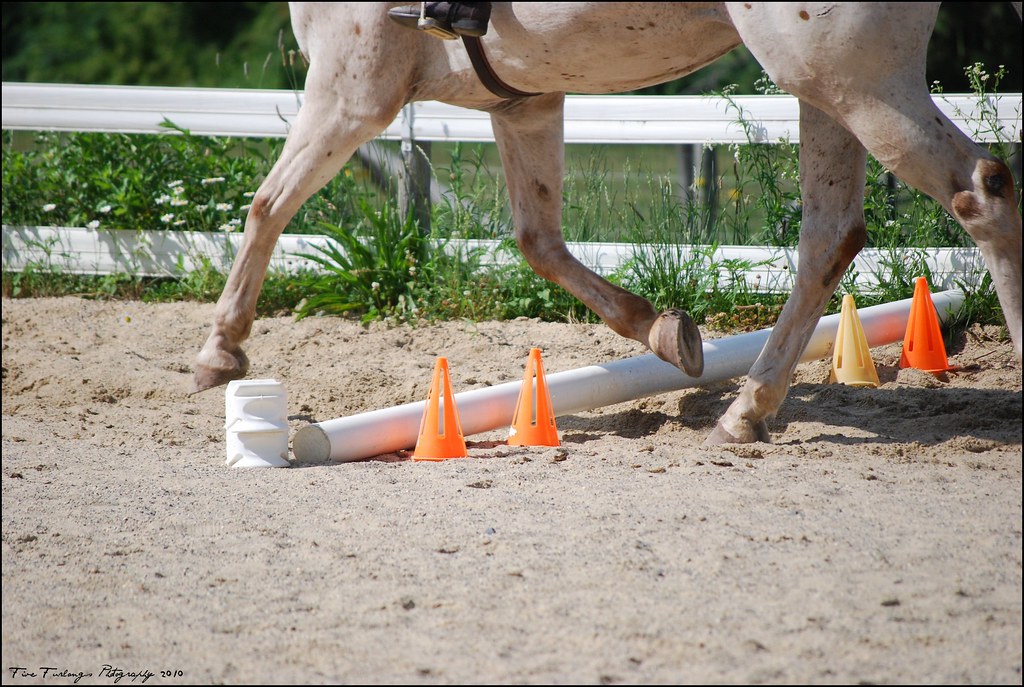
Before introducing cavaletti work, make sure your horse has a solid foundation in forward movement and basic obedience to minimize frustration and avoid potential safety issues. Choose an enclosed area with secure, even footing—surfaces that are too deep or slippery can increase the risk of injury during these precise exercises. Begin with ground poles to allow your horse to understand the concept before progressing to raised cavaletti. Protective leg boots or wraps are highly recommended, as they help prevent injury from accidental pole contact, particularly during the learning phase. If you plan to ride during cavaletti work, always wear appropriate safety gear, including a helmet, and consider enlisting a ground assistant for the first few sessions. Most importantly, be patient—rushing the process can create anxiety and lead to resistance, undermining the benefits of cavaletti training.
Basic Pole Configurations
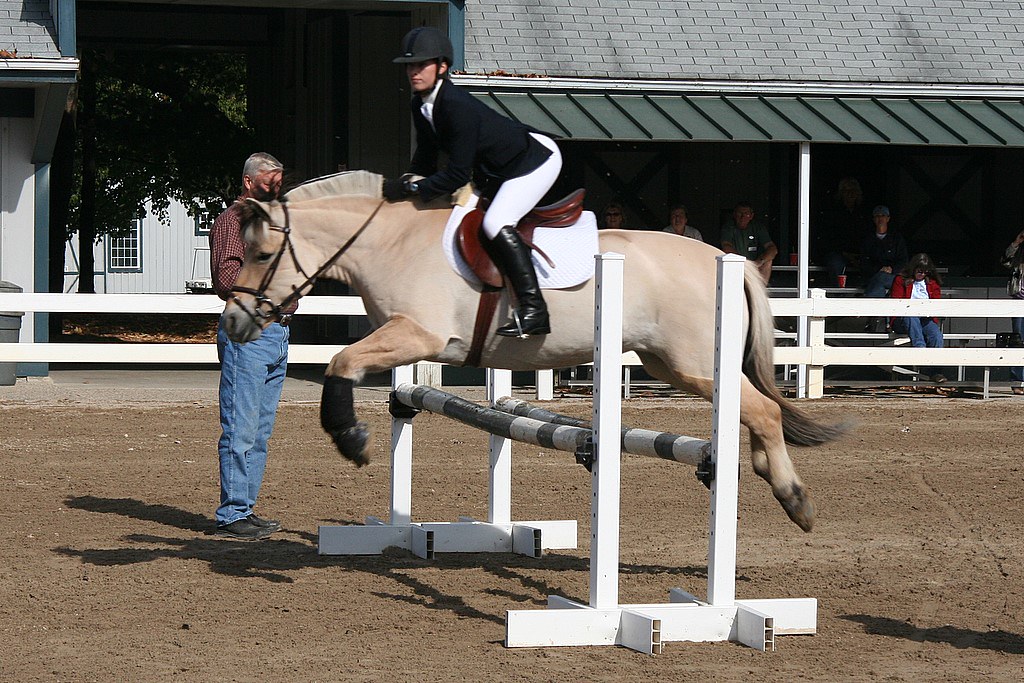
The most basic cavaletti exercise begins with walking over a single pole, helping your horse develop confidence and a deliberate approach to stepping over obstacles. Once your horse is comfortable, you can progress to a straight line of poles spaced according to gait: approximately 4.5 feet for walk work, 9 feet for trot work, and 12 feet for canter exercises. These are general guidelines based on average stride lengths, but spacing should be adjusted to suit your horse’s individual conformation and natural movement. Fan patterns—where poles radiate outward from a central point—encourage gradual stride adjustments and teach flexibility. More advanced exercises include curved lines that follow the arc of a circle, helping your horse maintain proper bend and balance while stepping over the poles. Mastering these fundamental configurations lays the groundwork for more complex cavaletti work and ensures a safe, effective training progression.
Introducing Your Horse to Cavaletti
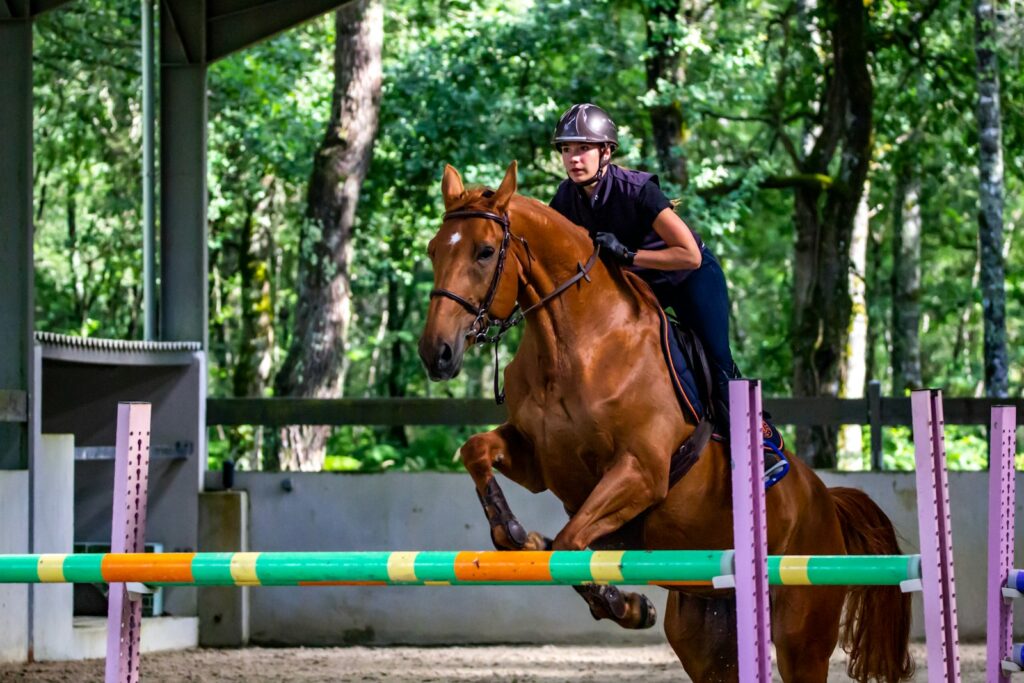
Initial cavaletti sessions should begin in-hand rather than under saddle, allowing your horse to process the visual and physical aspects of navigating poles without balancing a rider. Lead your horse at a walk over a single ground pole, approaching straight and allowing them to investigate if they show uncertainty. If your horse attempts to rush or jump unnecessarily, practice halting before and after the pole until they understand a calm, deliberate approach is desired. Once comfortable with a single pole, gradually introduce additional poles with generous spacing, reinforcing the same calm, attentive approach. Pay special attention to younger or inexperienced horses who may initially struggle with coordination – praise even small improvements to build confidence. These early sessions should be brief (10-15 minutes) but frequent, building positive associations with the equipment before advancing to more challenging exercises.
Walk Exercises for Foundation Building
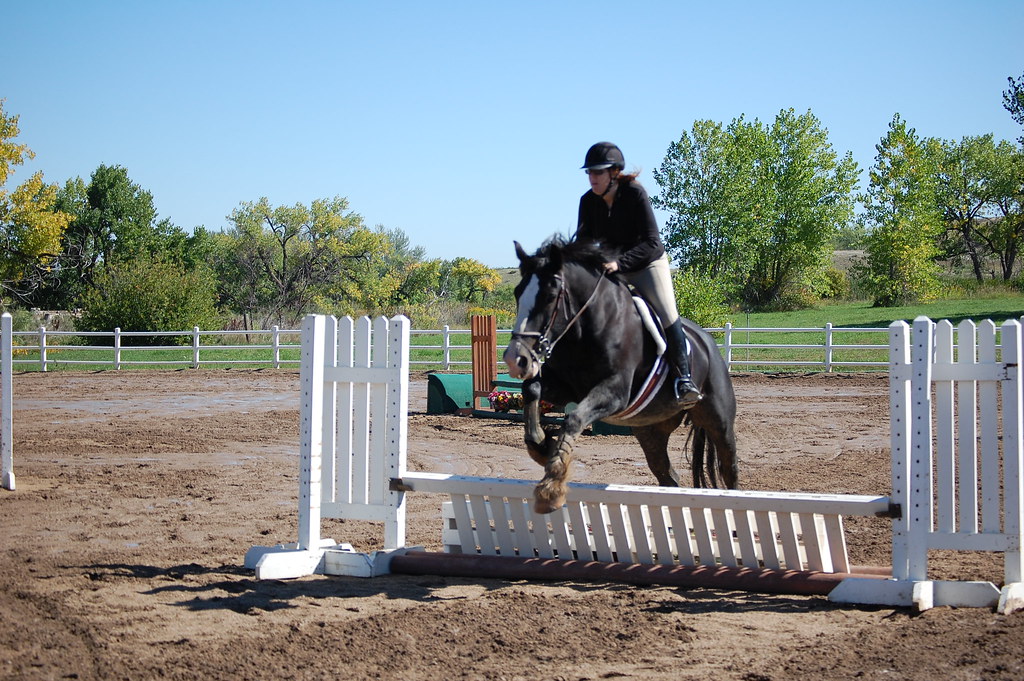
Walk exercises form the foundation of all cavaletti training, helping your horse develop awareness and deliberate foot placement before introducing speed. Begin with 4–6 poles spaced approximately 2.5 to 3 feet apart—slightly shorter than a typical walking stride—to encourage your horse to stretch their topline as they carefully place each foot between the poles. Elevating the poles just 3–6 inches increases the challenge, requiring greater joint flexion and core engagement as your horse lifts each leg higher than usual. More advanced walk patterns can include L-shapes or zigzag configurations that promote lateral suppleness and body awareness as your horse navigates turns while managing pole placement. Regular walk cavaletti work is especially beneficial for older horses or those recovering from injury, offering low-impact conditioning that improves proprioception and muscle tone without adding strain.
Trot Cavaletti for Rhythm and Balance
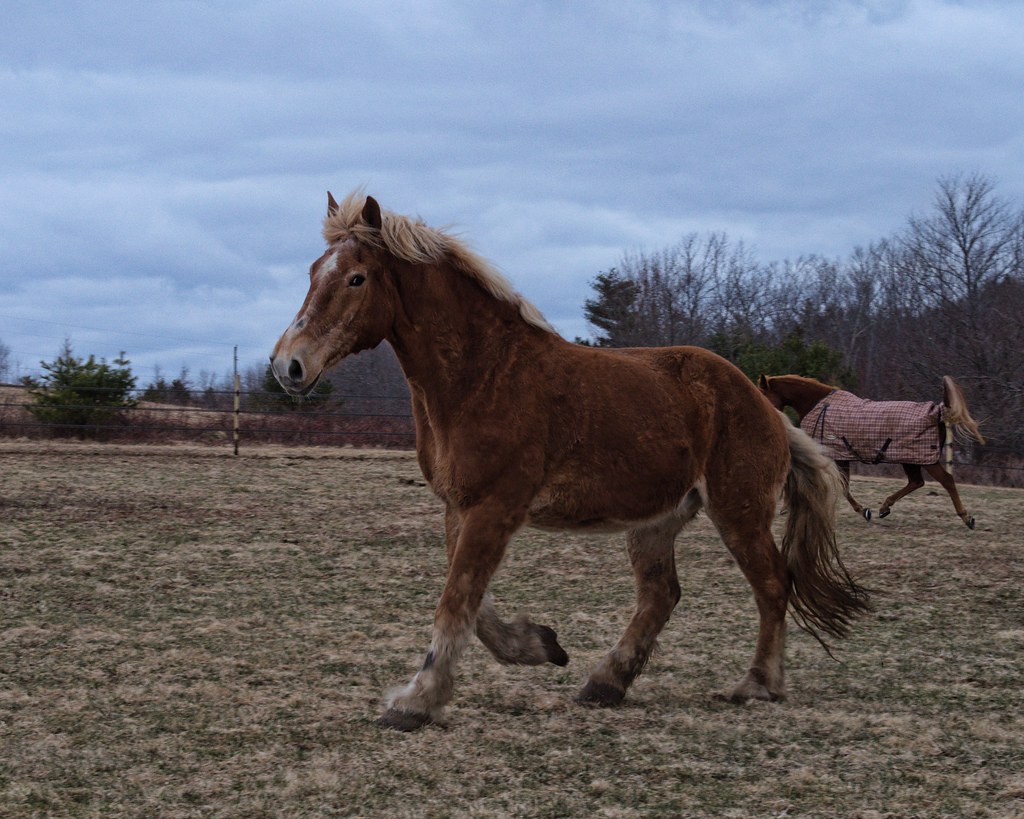
Trotting over cavaletti introduces speed and requires greater control of rhythm and stride. Standard trot pole spacing ranges from 4 to 5 feet for collected work and 5.5 to 6 feet for an extended trot, with adjustments based on your horse’s natural stride length. Start with 4 to 6 ground poles, focusing on maintaining a steady tempo and a straight approach, rather than allowing your horse to rush or become unbalanced after the poles. As coordination improves, elevate alternate poles to create a more challenging exercise that strengthens the hindquarters by encouraging stride adjustments. For horses that tend to rush, incorporate a 20-meter circle before and after the cavaletti to help reestablish rhythm and prepare for the next approach. More advanced trot work might include serpentine patterns with cavaletti set at the straight sections, challenging your horse to maintain bend while preparing for accurate foot placement.
Canter Cavaletti Techniques
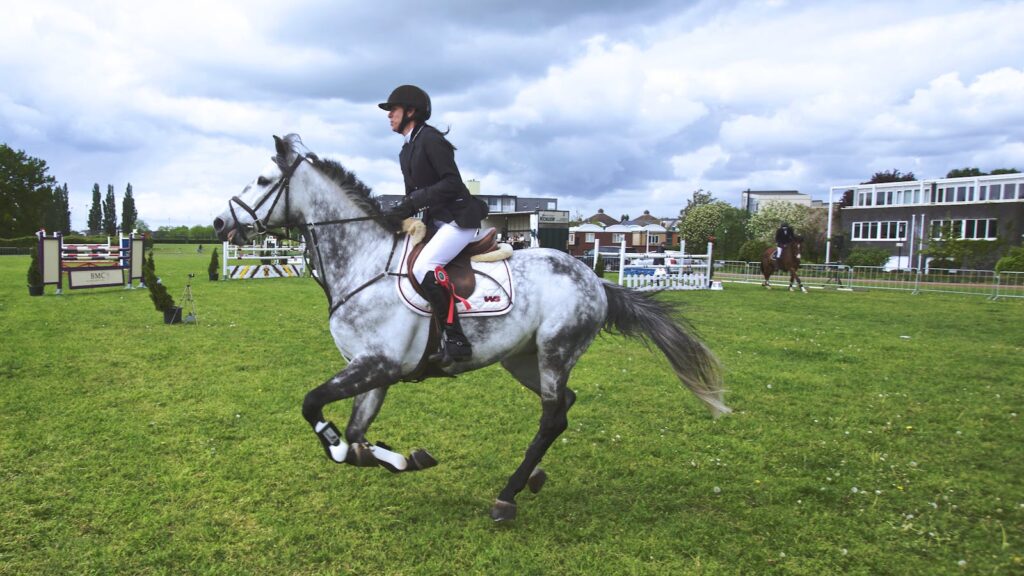
Canter cavaletti represents the most advanced form of cavaletti work, demanding excellent balance, preparation, and coordination from both horse and rider. Begin with just 2 to 3 ground poles spaced approximately 9 to 12 feet apart, depending on your horse’s natural stride, and focus on maintaining a straight, rhythmic approach in a balanced canter. Unlike trot work, canter exercises require more precise planning—establish the quality of the canter well before reaching the poles, as adjustments become difficult once committed. Many horses initially struggle to maintain the canter through the poles, often breaking to a trot or rushing—both signs of balance issues that need to be addressed with more foundational work. Advanced horses can progress to raised canter poles and gymnastic lines that incorporate ground poles with small jumps, developing a powerful, adjustable canter that directly enhances performance in competition.
Addressing Common Challenges and Mistakes
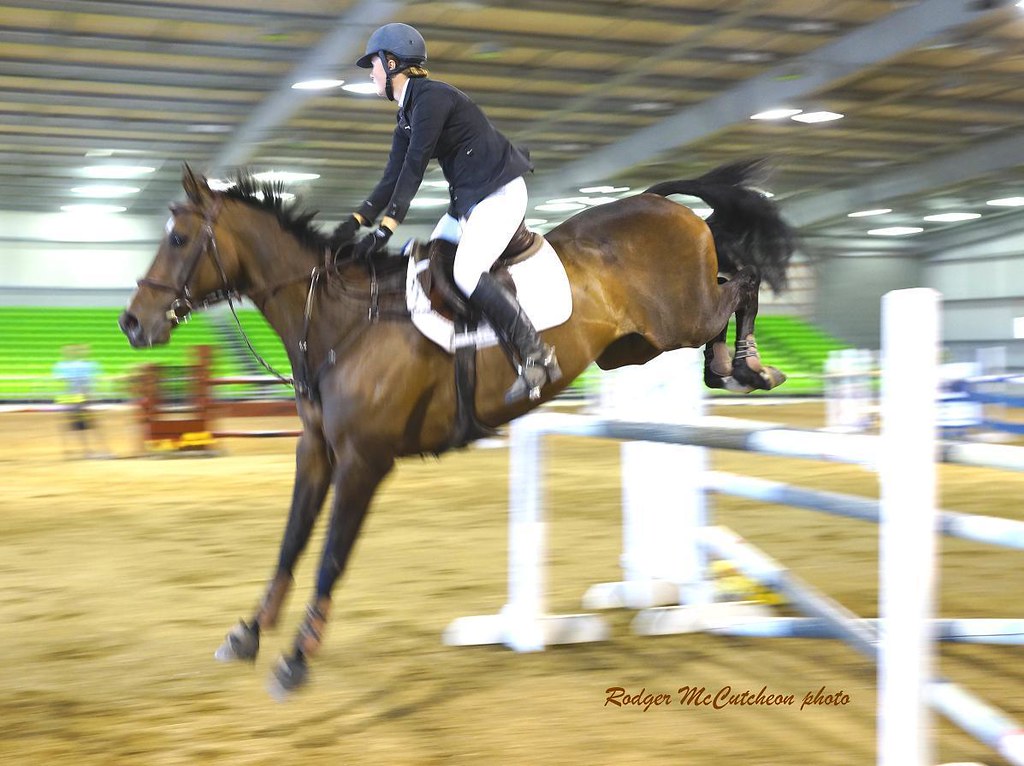
Rushing through poles is the most common cavaletti challenge, often stemming from anxiety, lack of balance, or excitement. Address this by returning to simpler exercises, incorporating halts before and after poles until calmness is established. Horses that consistently drift sideways through cavaletti patterns may be displaying signs of asymmetrical development or discomfort—evaluate saddle fit and consider having your horse assessed by a veterinarian or equine bodyworker. If your horse regularly strikes poles with their feet, the spacing may not match their natural stride—measure your horse’s typical stride at each gait and adjust accordingly rather than relying solely on standard distances. Perfectionism can also become problematic for riders—early training is about developing coordination, and occasional mistakes are valuable learning opportunities, not failures to avoid.
Progressive Training Sequences
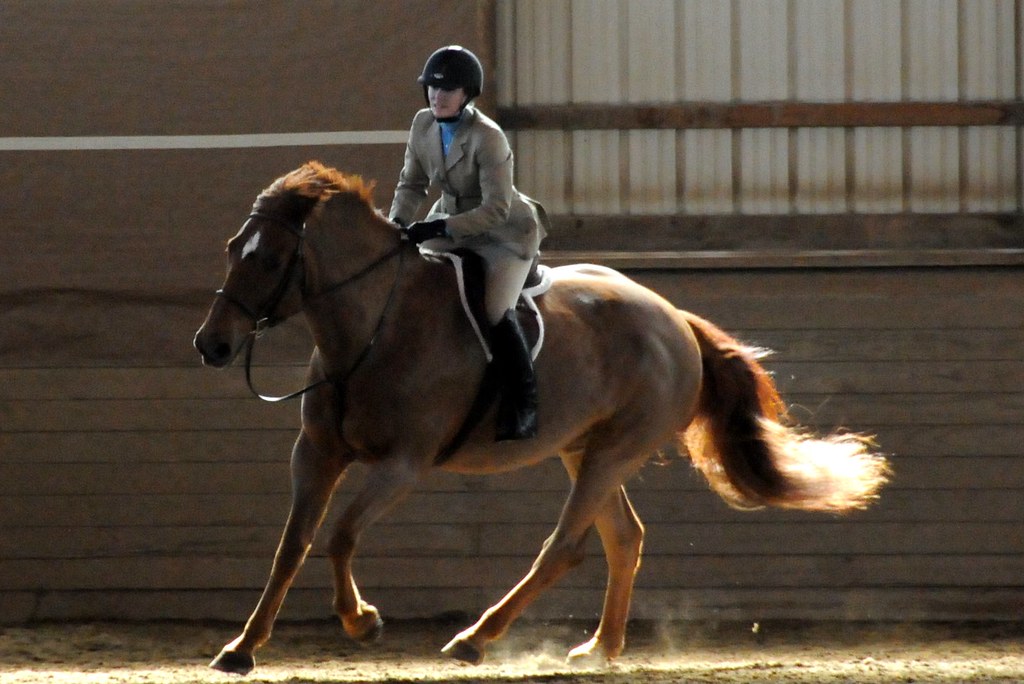
Effective cavaletti training follows a logical progression that builds on previously mastered skills while gradually introducing new challenges. A typical six-week introductory program might start with ground poles at the walk in the first week, adding trot work in the second while continuing walk exercises. In weeks three and four, introduce slight elevations to some poles to promote joint articulation and body awareness. During weeks five and six, begin incorporating directional changes between pole sets to help your horse maintain balance through transitions. More experienced horses can progress to advanced sequences combining multiple gaits, such as trotting in, cantering out, then returning to collected trot—these complex patterns develop quick-thinking and adjustability. Throughout progressive training, aim for 2–3 cavaletti sessions per week, interspersed with regular flatwork to reinforce the balance and engagement built through pole work.
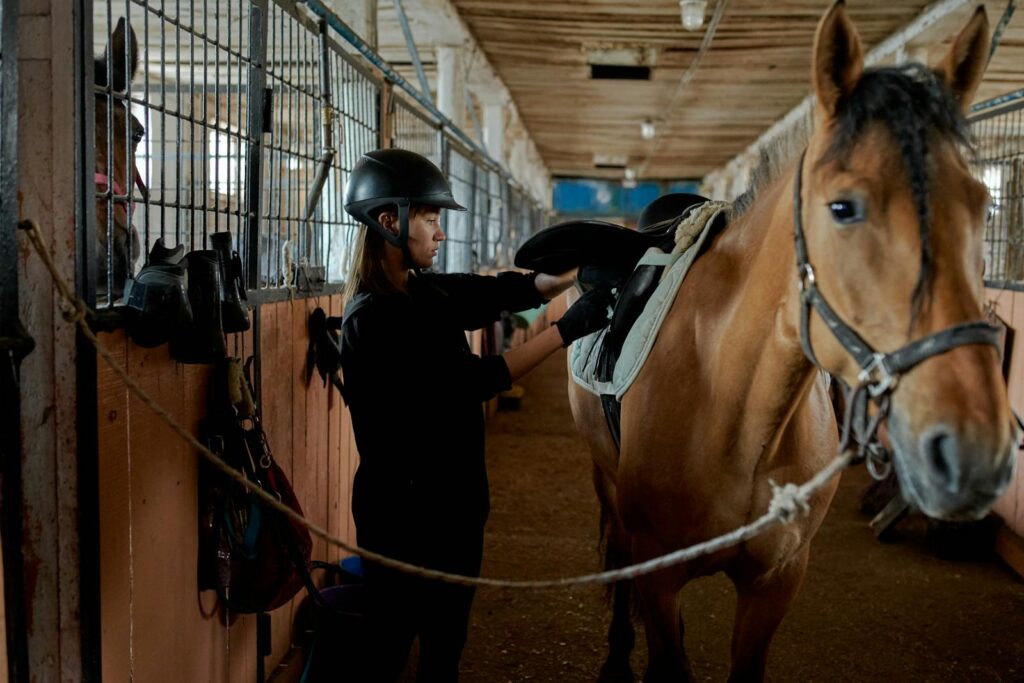
Discipline-Specific Applications
Dressage riders benefit from cavaletti exercises that improve self-carriage, collection, and extension without relying on direct rider influence—the poles naturally encourage hindquarter engagement and back lifting. Jumping horses gain greater awareness of striding and distance assessment while building the strength needed for a clean, powerful technique. Western riders use cavaletti to develop the deliberate, collected movement required in events like reining or western dressage, as well as the maneuverability needed for trail classes. Endurance and trail riders benefit from improved coordination over uneven terrain, reducing fatigue and injury risk during long rides. Whatever the discipline, cavaletti work can be customized to suit specific performance goals by adjusting spacing, height, and pattern to reflect the demands of your chosen sport.
Incorporating Cavaletti into Your Training Schedule
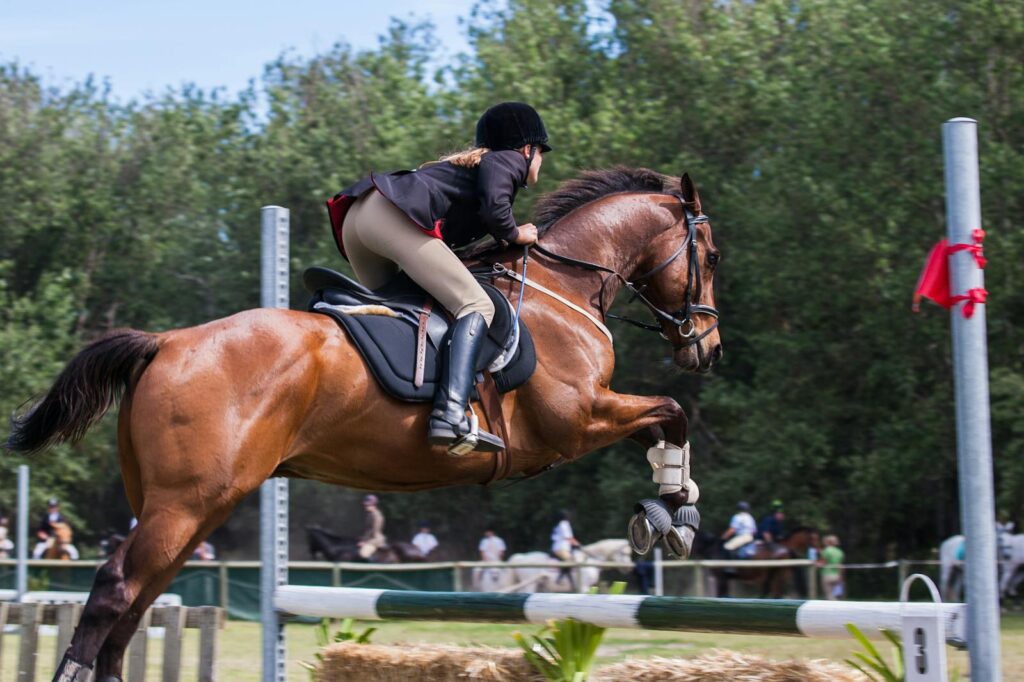
To gain maximum benefit without overtraining, incorporate cavaletti work into your schedule 2–3 times per week, with sessions lasting 15–25 minutes, including warm-up and cool-down. Many trainers find cavaletti most effective as a “brain break” midway through a flatwork session, helping to re-engage a horse that’s mentally fatigued by repetitive schooling. Variety prevents adaptation plateaus—rotate patterns and configurations instead of repeating the same setup in consecutive sessions. Plan around your competition season: implement more intensive cavaletti work during base-building periods, and scale back to lighter maintenance during peak competition. Keep detailed training records noting which configurations were used, how your horse responded, and what improvements you observed—this helps track progress and identify what works best for your individual horse.
Conclusion: Building a Coordinated, Athletic Horse
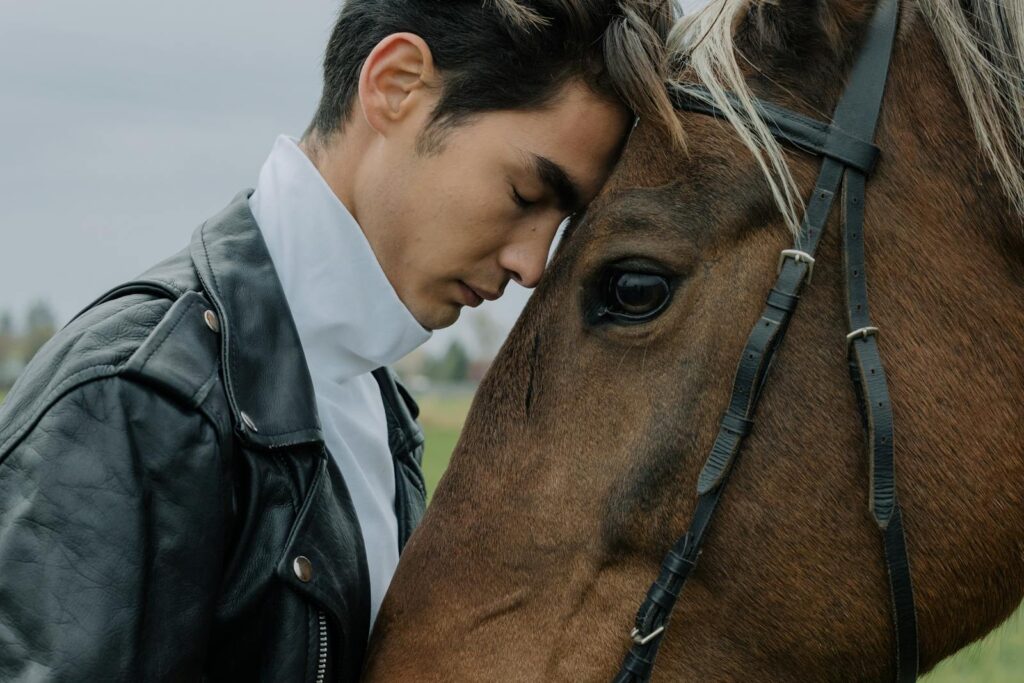
Cavaletti training is one of the most versatile and effective ways to develop a well-coordinated, physically capable equine athlete. By systematically challenging your horse’s balance, body awareness, and adjustability through increasingly complex patterns, you build not just strength, but also mental focus and problem-solving skills. Whether you’re rehabilitating an injured horse, developing a young prospect, or fine-tuning an experienced performer, consistent cavaletti work produces measurable improvements in way of going that translate directly to competition. Start with the basics, progress at your horse’s pace, and enjoy the journey as you both grow more precise and confident. The connection and communication built through thoughtful cavaletti training often become as rewarding as the physical gains, enriching the overall riding experience.

